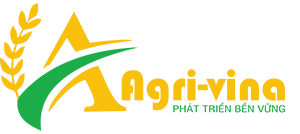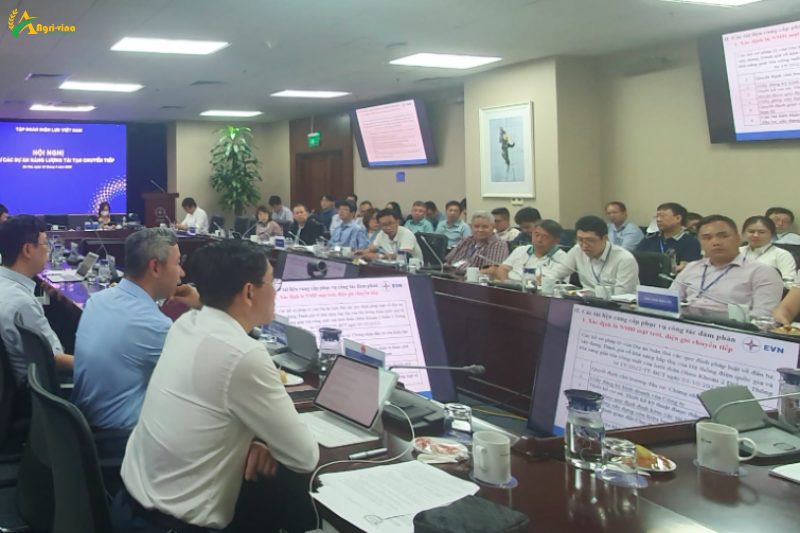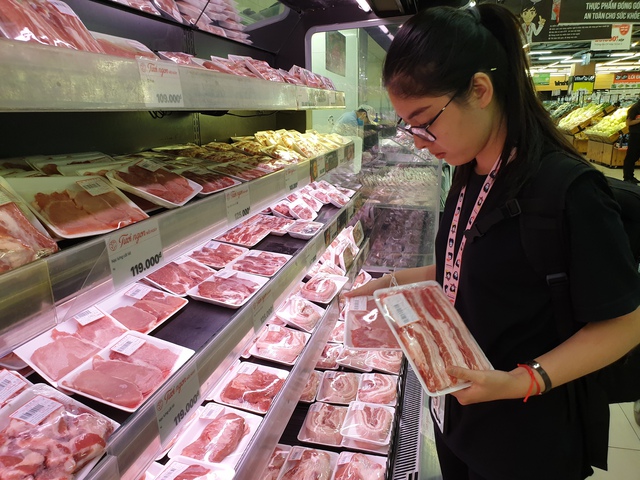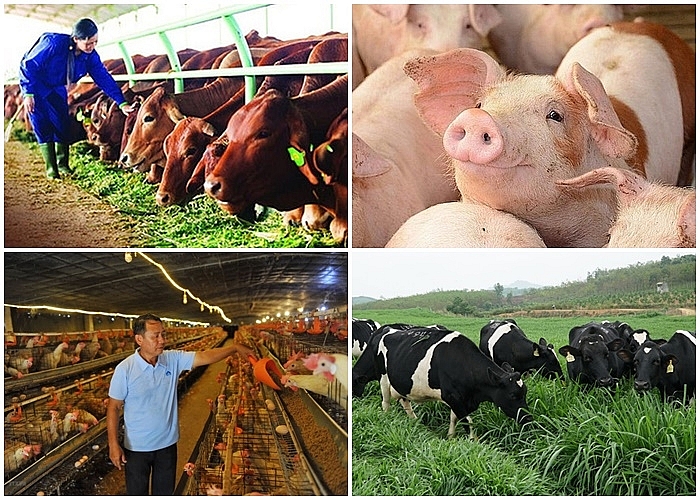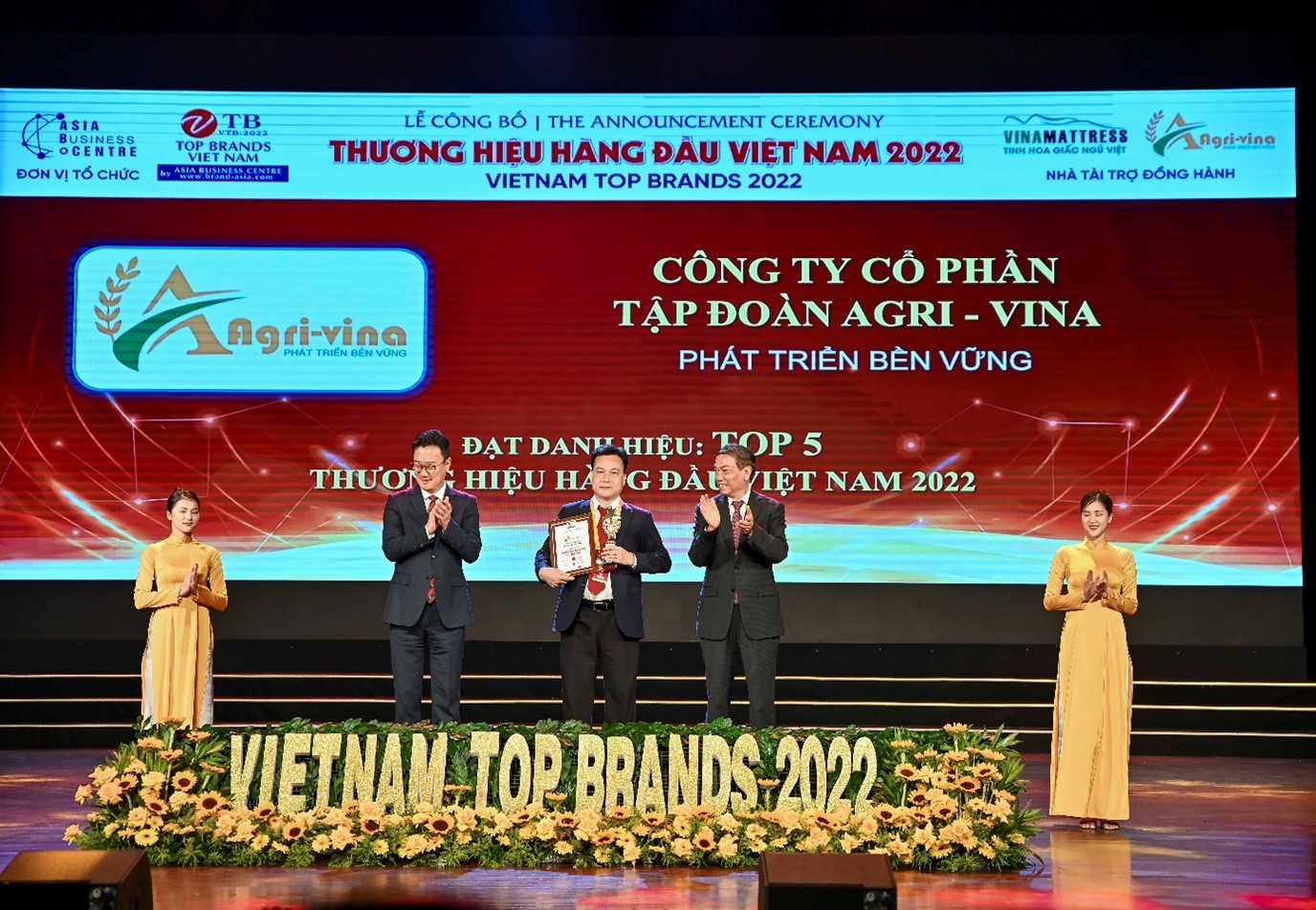- agrivina999@gmail.com
- No. 152 Thuy Khue, Tay Ho District, Hanoi City, Vietnam
News
Difficulties of the world livestock industry today
Pork retail sales grew strongly in most markets, but a slower recovery in foodservice and restrictions on gatherings poses a challenge to demand for some processed pork products – high value.
Rabobank's McCracken said: “ASF has proven more difficult to control than initially expected in some areas, slowing herd recovery efforts in Asia and changing the outlook for Asia. trade in other parts of the world”.
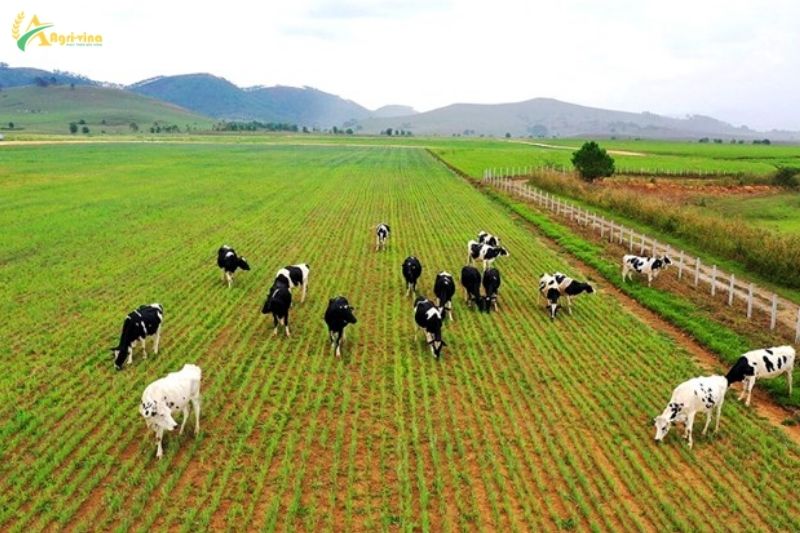
In addition to ASF, the world's pig herd is also suffering from many other diseases, such as Porcine Reproductive and Respiratory Syndrome (PRRS) and Porcine Acute Diarrhea (PEDv), causing supply shortages in the US and Mexico, as well as classical swine fever (CSF) re-emerged in Japan and Brazil.
“We expect a gradual recovery in the herd, but rising costs and uncertain demand will slow growth,” McCracken said.
According to Rabobank, a bank specializing in agriculture and food, hog prices are anchored high in most markets as processors rush to source raw pork. Consumer demand began to increase. The imbalance between supply and demand keeps the price of pork reaching consumers at a high level, contributing to the general inflation trend around the world.
In its latest report, Rabobank highlights the simultaneous impact of many factors that increase risks for the global pig paw industry. It is a combination of factors at the same time: The health of the pig herd is still threatened, the cost of production has increased sharply, especially for animal feed, and the demand is uncertain due to the Covid-19 pandemic, causing pressure on the profitability of farmers.
Christine McCracken, senior analyst for animal protein at Rabobank, said that in the regions with the strongest growth in the pig industry, the disease losses are also the highest, along with the delay in the recovery process. , making the supply of pork become scarce.
Rabobank said many countries can manage the problem of rising feed costs by changing the proportion of feed ingredients, helping to reduce the ratio of feed costs to total livestock costs.
According to Rabobank, countries that depend on the supply of imported feed ingredients will also bear more risks than the general state of the global feed industry. This will be exacerbated by fluctuations in currency rates in each country.
Animal protein experts say oilseed stocks in some regions of the world are nearing crisis levels. Soybean prices have risen 72% since the end of last year, amid strong increases in oil and soybean meal prices. Producers have looked to alternative nut residues, but global stocks are generally depleted, and global demand for some other nuts is also increasing.
Pork retail sales grew strongly in most markets, but a slower recovery in foodservice and restrictions on gatherings poses a challenge to demand for some processed pork products – high value.
In countries such as Japan and Europe, there are still continuing to implement measures to limit food and travel to prevent the Covid-19 epidemic from spreading strongly. While these restrictions are temporary, Rabobank believes it will cause ongoing disruption to business and tourism activities.
Pork sales also struggled as rising food and fuel costs led to increased consumer spending. Rabobank forecasts this will be worse in countries recovering slowly from Covid-19.
Prices of animal feed and feed ingredients have increased by an average of 35% over the same period last year. Since feed costs account for the largest share of the total production costs of the pig industry, regional differences in supply and prices of feed/feed substitutes create the gap in pig prices as well as the recovery of the pig industry.
For example, in China. The country is trying to restore the pig herd, so the demand for animal feed has also increased sharply, causing the world price of oilseeds and corn to skyrocket, even causing imbalance in the global corn and soybean markets. .
China's corn imports in the first four months of this year increased by 438% year-on-year to 6.7 million tons, or about 20% of the total global corn trade. Since the world's corn stocks have been depleted since last year, corn prices have surged over 71% in the past year.
The Chinese government is looking for ways to solve the animal feed problem. In the recently announced plan, China's agricultural industry requires farmers to limit the use of corn and soybean meal in livestock, and offers domestic incentives to increase corn production.
Many other countries are also turning to other alternative feed ingredients, such as wheat.
Rising prices compensate for increased costs
Due to the disease in the pig herd, the rate of re-herding in most areas from 2020 to now has been slowed down. That pushed up pork prices, helping to offset some of the higher feed costs. Rabobank said the livestock industry now has a supply close to need
Pig industry becomes cautious
The global pork industry remains cautious. With continued supply challenges and uncertain demand forecasts, the pig industry has been responding by slowing growth, in some cases actively reducing supply.
This move can help the market become balanced at the moment, helping the industry to better manage financial matters. However, from the end of this year, the pig industry should strengthen production recovery to increase supply and meet pork demand - which is expected to recover quickly.



